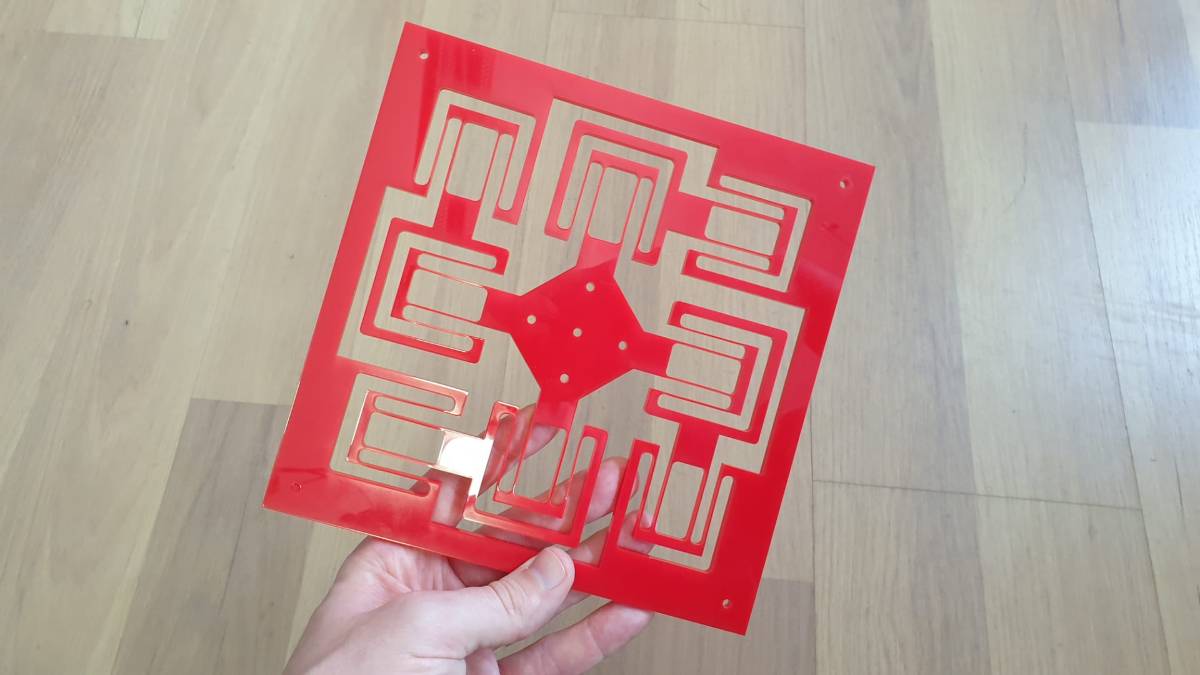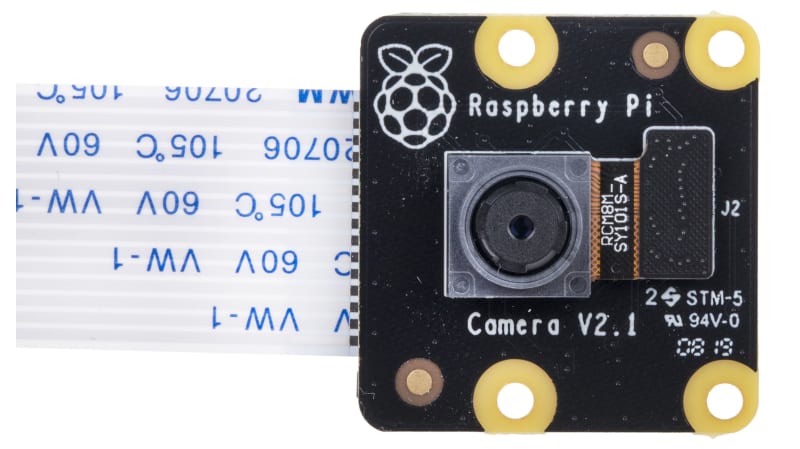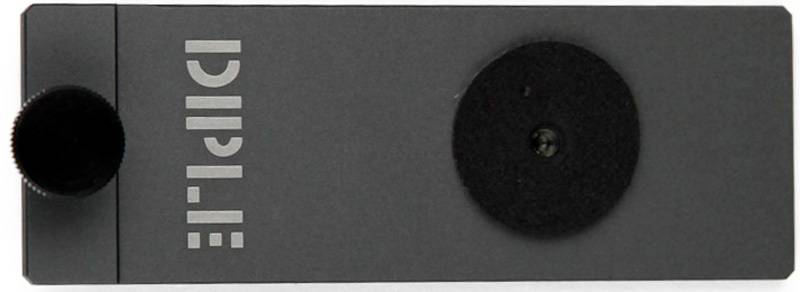2. Project Definition¶
2.1 Ideas¶
Now, I have ideas:
I want to build an automated microscope with an AI assistant pretreating the images and assisting the technician.
This project is divided in 3 fields: * Electro-Mechanical : the XY stage, the motorization and control * Optical : the camera and lenses as well as the vertical displacement control * Programming and Image processing : Acquire, collect & combine the images and analyze them with some AI model.
| Mechanical: XY stage and controls | Illustrations |
|---|---|
| I will take a lot of inspirations from the project of Tatiana Avsievich |  |
| For the stage, I want to replace the axis of Tatiana by the Urumbu XY stage. |  |
| To which I add the motors and a similar joystick to hers to control them |  |
| Optical | Illustrations |
|---|---|
| I will add a Raspberry camera to the system |  |
| On top of a lens which might be a DIPLE Grey |  |
| or a replacement lens for the FoldScope |  |
For the Programming, I’ll try to make it to a minimum as I guess the rest will already plenty of work !
2.2 Project Planning & Spiral Development¶
Neil, also introduced us to spiral develpment, starting with simple functions and adding more at each cycles.
So I did some research starting with Wikipedia : https://en.wikipedia.org/wiki/Spiral_model
As stated on Wikipedia : the image is oversimplified and so is often the whole concept which leads to the following misconceptions:
- the spiral is simply a sequence of waterfall increments;
- all project activities follow a single spiral sequence;
- every activity in the diagram must be performed, and in the order shown.
The activities that must take place at each cycle are:
- Determination of objectives, alternatives and constraints: Consider the win conditions of all success-critical stakeholders;
- Risk analysis, evaluation of alternatives;
- Development and verification of the chosen solution;
- Review of results and verification of the next cycle.
Two additional principles guide the design process:
2.2.1 Risk determines level of effort¶
For every project activity, it is important to define the resources that will be spent based on the overall risks of the project.
For example, testing a software costs time but limits the risk of market rejection of a buggy product, on the other end, delaying the delivery of the product presents a risk that a competitor captures the market before we get to market.
2.2.2 Risk determines degree of details¶
For any project artifact (e.g., requirements, specification, design document, test plan), it is important to define the level of details required.
Some details which are critical should be defined (hardware-software interface, …) while others are not critical at all (graphical screen layouts, …).
It is important to balance the criticity and level of details associated with each project artifact to mitigate risks.
2.3 Project analysis¶
2.3.1 Overall Project objectives¶
- The project shall serve as final project for the FabAcademy 2021
- The tool should enable microscopy diagnostics for malaria in the countryside with limited resources
- The tool should be easy to use and minimize the workload for the technician
- The tool should be easy to maintain and repair
Resources risks¶
| Risks | Description | Severity |
|---|---|---|
| Missing the deadline | Failing to deliver on time for the FabAcademy | High |
| Skipping requirements | Missing requirements of the FabAcademy | High |
| Time for learning other skills | Not save enough time to learning other skills during the FabAc | Medium |
Technical risks¶
| Risks | Description | Severity |
|---|---|---|
| Images quality | Images are not usable for any reason, blurry, not zoomed in enough, with artefacts, … | High |
| Robustness | The microscope is meant to be carried around so it should resistant to shocks | High |
| User-friendly | It needs to be easy to use otherwise no one will use it. This can concern particularly the calibration | High |
| Easy to make and repair | The goal is to make | Medium |
For spiral development, I will list the different features and separate them into versions
Minimum Features : Hardware
- Accept a microscopy slide
- Move the microscopy slide to scan the whole surface
- Verify the focus
- Take pictures
- Store the pictures in a single folder with appropriate details (timestamp)
- Detect edges of the slide content
I recently found the OpenFlexure and it answers all of my requirements so my first step will be to build that one.

Once this microscope is built, I will test it and improve on it.
My early ideas are: An add-on device specialized in malaria slide Giemsa staining : including timing, bath, dryer and control for that.
